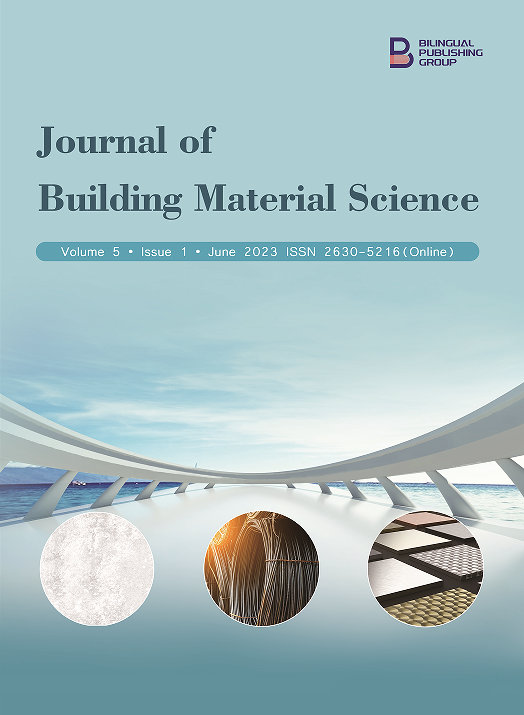
Cost Comparison of Different Types of Formworks
DOI:
https://doi.org/10.30564/jbms.v5i1.5515Abstract
Formwork is the temporary mould in the construction that is fabricated based on the drawing and design of the structure and into which the concrete is poured to form the required structure. Formwork is an essential part of the construction as it has been used by the Romans. The formworks must be strong enough to withstand all types of loads. The joint must be in proper condition to avoid any kind of leakages. The materials used for the formworks should be economical, easily available and durable. The formworks can be made up of different materials such as plywood, steel, aluminum, composite material, etc. In steel formwork, the plates used for the slab support are made up of galvanized steel and these are fabricated as per the requirements. Aluminum plates are used in the aluminum framework along with the other components made up of aluminum. The selection of a suitable framework is important in any project because it bears about 25% to 30% cost of the total cost of construction. In the present study, different types of formworks such as steel, plywood and aluminum were studied in a project and a comparison was made on the reusability and easiness in handling and maintenance. Also, a comparison of the formwork used in the construction of the 5th and 11th-floor tower based on the specific plan and drawing was done. The results showed that the aluminum formwork was found to be efficient and suitable among all formworks, although the cost was higher compared to other formwork materials.
Keywords:
Formworks; Steel formworks; Plywood formworks; Aluminum formworks; Cost analysisReferences
[1] Li, W., Lin, X., Bao, D.W., et al., 2022. A review of formwork systems for modern concrete construction. Structures. 38, 52–63.
[2] Yudina, A.F., Zhivotov, D.A., Tilinin, Y.I., 2023. Additive technologies for manufacture of formwork. Proceedings of ECSF 2021: Engineering, construction, and infrastructure solutions for innovative medicine facilities. Springer: Cham. pp. 311–318. DOI: https://doi.org/10.1007/978-3-030-99877-6_37
[3] Donker, D.K., Mahamud, S., 2022. Comparative assessment of formwork systems used in construction projects in the tamale metropolis of Northern Ghana. SSRG International Journal of Civil Engineering. 9(2), 44–50. DOI: https://doi.org/10.14445/23488352/IJCE-V9I2P104
[4] Patil, P., Mundhada, P., 2022. Comparative analysis of Mivan formwork and conventional formwork. Smart Technologies for Energy, Environment and Sustainable Development. 2, 239–245. DOI: https://doi.org/10.1007/978-981-16-6879-1_24
[5] Terzioglu, T., Turkoglu, H., Polat, G., 2021. Formwork systems selection criteria for building construction projects: A critical review of the literature. Canadian Journal of Civil Engineering. 49(4), 617–626. DOI: https://doi.org/10.1139/cjce-2021-0190
[6] Terzioglu, T., Polat, G., Turkoglu, H., 2021. Analysis of formwork system selection criteria for building construction projects: A comparative study. Buildings. 11(12), 618. DOI: https://doi.org/10.3390/buildings11120618
[7] Shrivastava, A., Saxena, S., Chourasria, D., 2021. Planning of formwork materials. Materials Today: Proceedings. 47(1), 7060–7063. DOI: https://doi.org/10.1016/j.matpr.2021.06.121
Downloads
How to Cite
Issue
Article Type
License
Copyright © 2023 Kiran Devi,Tushar Yadav

This is an open access article under the Creative Commons Attribution-NonCommercial 4.0 International (CC BY-NC 4.0) License.







 Kiran Devi
Kiran Devi





